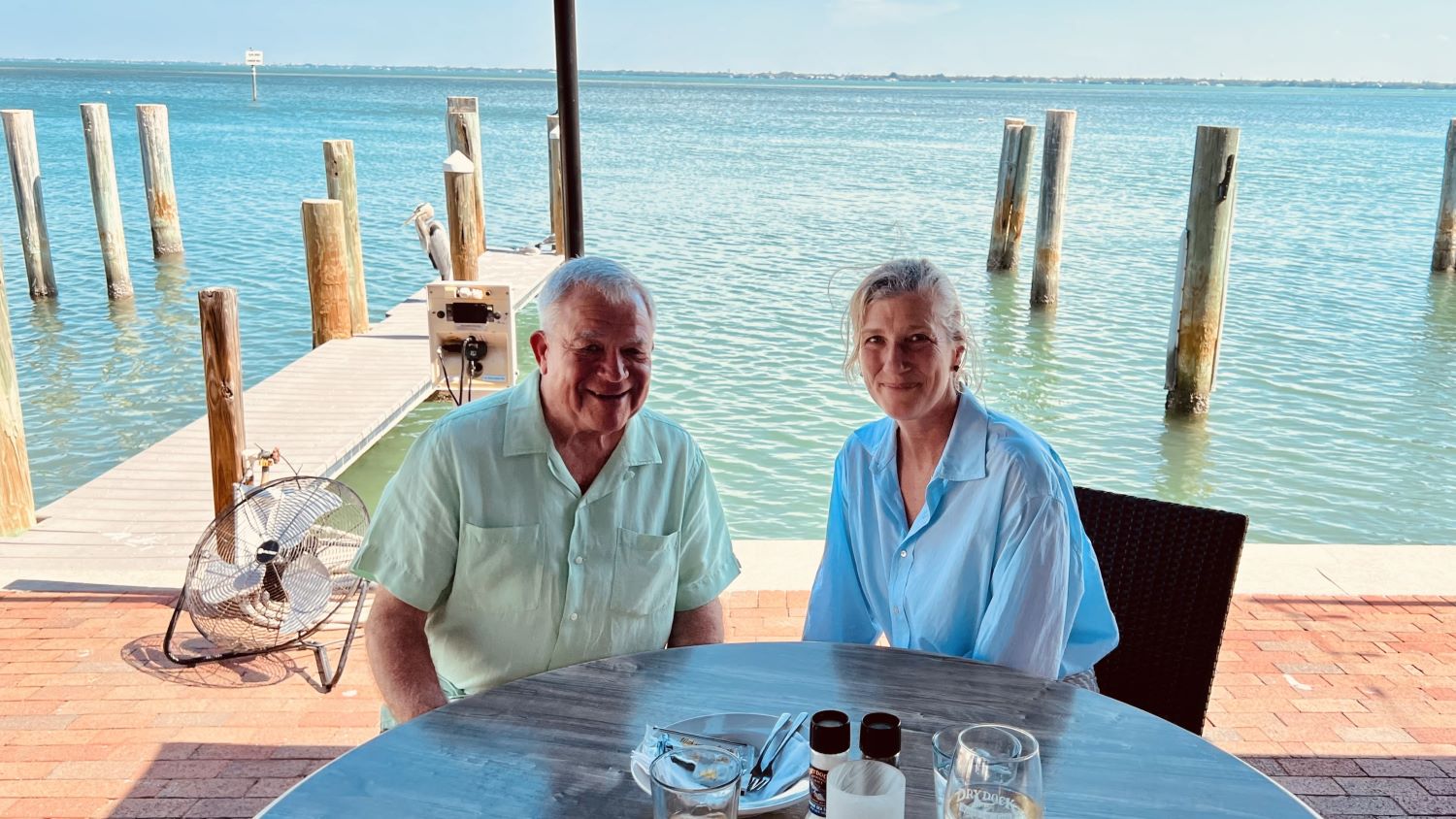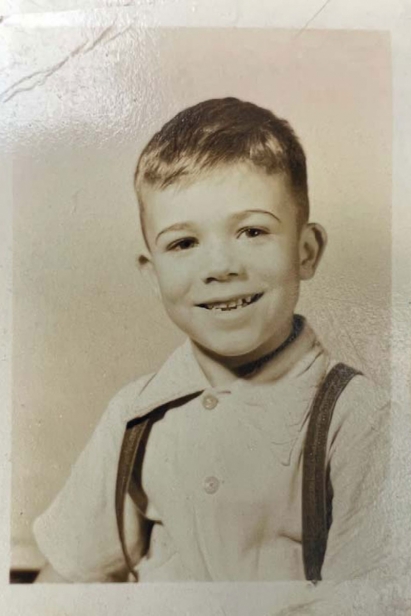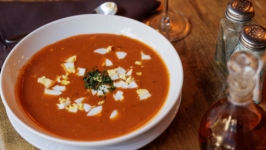What My Husband Taught Me About Food
My husband Mike can spice up any conversation in an instant with tasty nuggets from his childhood. From the more poignant memories of wearing shoes with missing soles (he had to insert cardboard pieces) to the more rakish yet blithe tales of smoking grapevine with his fellow preteens in Marceline, Missouri during the late 1950s, Mike has a way of making the escapades of his misspent youth lively dinner party banter. A combination of Grease meets Stand by Me, his stories from adolescence are like fodder for a Steven Spielberg coming of age film.
A time when dads worked, moms cooked (and cleaned and shooed their offspring outside), and kids played sandlot baseball. When it came to food, there were three meals a day and everyone ate everything on their plates. There was no bottled water. No soda, no juice boxes, no pre-packaged snacks. A Sunday night might include the occasional pie or cake for dessert. Food was not celebrated as an art form. Restaurant dining was reserved for very special occasions, if at all. Food was sustenance, and our twenty-three-year age difference is never more apparent than when it comes to food.
My suburban childhood is practically Michelin-starred by comparison. My brother Stephen and I would pick apart the meat on our plates much to our mom’s dismay. “There is no fat,” she would sigh. But Stephen and I could find the sliver of marble in the leanest of cuts and trim them with the precision of neurosurgeons.
So when I think about our food journeys, Mike’s epicurean history has more subplots and circuitous routes, and among my favorite stories are those from his stays with his aunt and uncle on their farm in Valley Falls, Kansas during the summer. The place where he learned to drive a car at age 12 and did chores to rival those of any ranch hand on the set of Yellowstone. Maybe not quite, but baling hay was one of them. Fertilizing the crops, milking cows, castrating pigs, and wringing chicken’s necks were some of the less savory jobs. Riding horses was the fun part. More than one tornado makes an appearance. Saturdays meant a drive to the feed store in town followed by a visit to the local soda fountain where Mike’s Uncle John would treat them each to a limeade.
After dinner at noon (yes, they called it dinner), they would take a brief nap before the second round of chores began. When it was time for supper (a lighter version of the noon dinner meal), they often ate what one might expect—fried chicken, meatloaf, ham, biscuits, gravy, and corn. Yet there was one meal in particular that could make even the most intrepid gastronome stop in their tracks and perhaps even shiver: boiled chicken heads. When I ask Mike what they tasted like, he says, “like boiled chicken.” The family cracked the heads open and ate the brains. My mind invokes the image of a family of midwestern Hannibal Lecters savoring the fowl orbs. Life on a farm meant nothing went to waste, including the skulls and feet of chickens. Mike, ever the pragmatist, just shrugs. My distaste for raisins and lima beans can’t compete with that.
Early in our marriage when I made a culinary blunder and wanted to pitch everything and start over, Mike insisted we eat it, and he did with gusto. I blame his lurid food memory. Chicken heads were not to be wasted and neither would any of my food foul-ups. He still hesitates to admit when something I make isn’t great, which I like to attribute to his love and adoration for me, but we know it really goes back to his formative years at the dinner table. Mike takes his membership in the Clean Plate Club very seriously. Thankfully most of our meals, whether eaten out or in, are pretty good and we rarely have reason to complain. When something is off, it usually ends up being just another anecdote amusing to us in the way only those types of stories are. Even the handful of atypical instances where we have been suckered into a well-reviewed restaurant only to leave feeling underwhelmed, we chalk it up to, “well, we tried it.”
Cooking at home is always more gratifying, and frustrating. Making something that looks like the picture and tastes divine is a kind of sorcery. Granted, basically it’s following directions, but eventually when you’re able to add your own flourishes or improvise and create from scratch, that’s genius. To cook and feed the people you love is, after all, one of the most joyful and important moments in life. A gift too many people choose not to cultivate. At its most basic level, cooking is trial and error. At its most elevated, well, we see the results on shows like Chef’s Table.
When making one of our favorite seafood treats—smelts—we decided to try an approach that ended up in the never-again column. Following the recipe provided on the bag of frozen fish, we baked them in the oven, drizzled in olive oil and sprinkled with salt and pepper. A few minutes in, we could smell them. And not in a good, mouthwatering way. They smelled like fish. Very fishy fish. And while we like fish, even fishy fish, somehow this dish did not pique our taste buds.
“If I were on a life raft in the middle of the sea…,” I said, ingesting one drenched in aioli. “I mean, I could survive.”
“They taste like something seagulls might eat,” said Mike.
Our dog Kip got a few extra, which he devoured with enthusiasm. We agreed this was not our favorite recipe, but we tried it, and, more importantly, there were chocolate chip cookies for dessert to cleanse our palates.
Chicken heads and oven-baked smelts (and a few nameless others) may be distant memories but they help us appreciate how far we’ve come and where we are. If it’s all good all the time how boring would that be? Besides, every meal, good or bad, has a silver lining: dessert.







